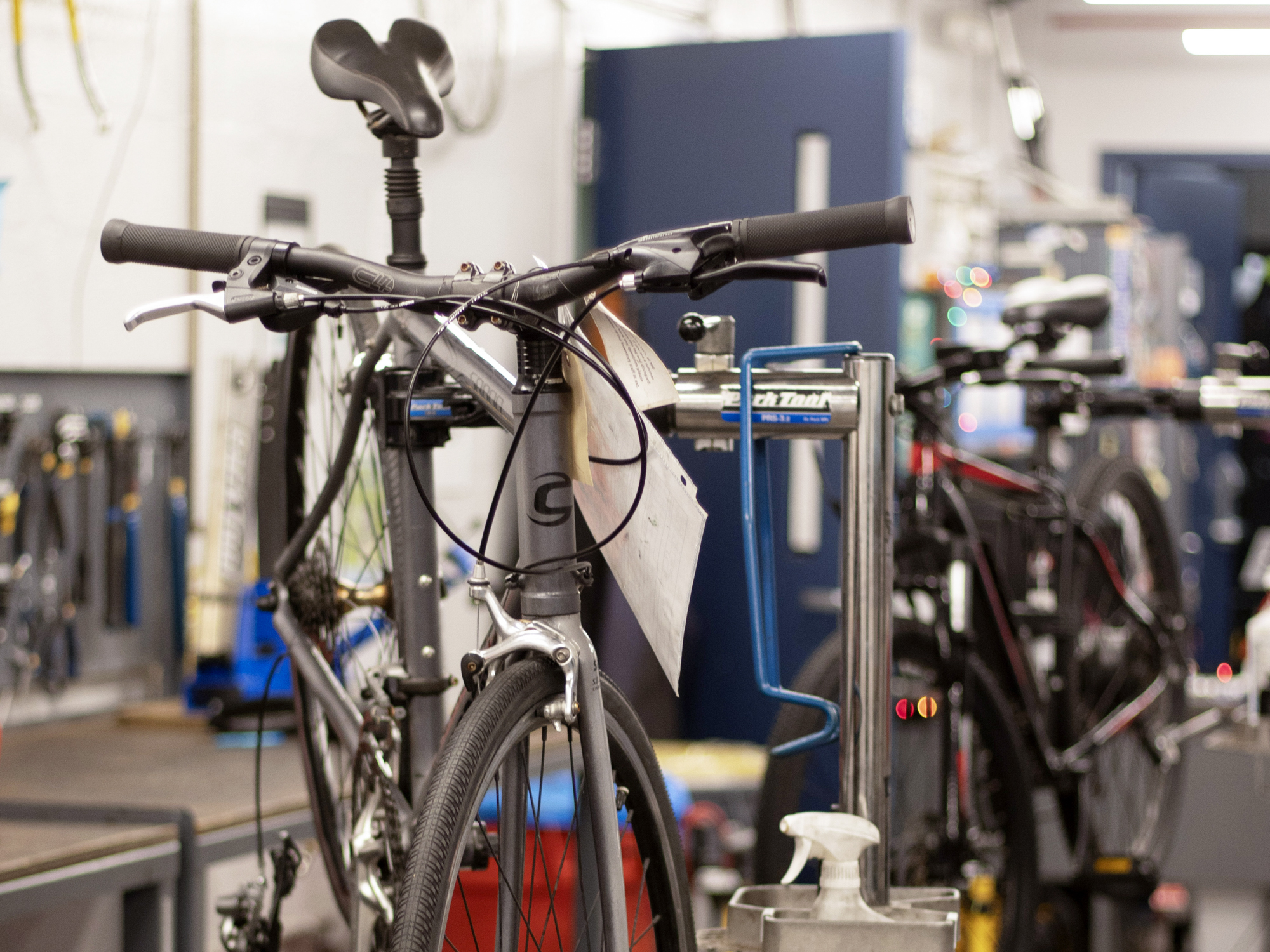Views expressed in opinion columns are the author’s own.
Despite complaints that have been launched many, many times, it seems the problem of poor transportation infrastructure at the University of Maryland only continues to get worse. In some sense, this university advocates for the development of the Purple Line to try to solve the issue, which will make it easier for students to commute to school and other surrounding areas. However, developing this infrastructure has led to significant construction, which hinders students’ ability to get on and around the campus.
Across the country, many universities are considering moving away from adding parking spots and car infrastructure because of the high costs, environmental impacts and scarcity of land for parking construction. This university is no exception, as there are multiple current construction projects aimed at improving the state of one form of environmentally friendly transportation: cycling. From implementing bike lanes in the design of the Purple Line Metro Station to the RecWell Bike Shop, which provides complimentary repairs for people who bring their bikes in, this university is taking a step in the right direction.
However, there are some glaring inefficiencies in this university’s efforts. With many students complaining about poor repair centers, it is clear this university is not fully committed to making the cycling experience in College Park as seamless as possible. The ineffective maintenance stations force cyclers to either go to off-campus bike shops, which charge for most simple bike repairs, or trek up to North Campus to get a repair from the on-campus bike shop that is not open late at night when students might be getting home from a long day, or on weekends when students might have more time than they would during the week.
All of this goes against this university’s obligation to provide students with effective transportation options that are cheap and convenient. Cycling is one of the efficient and sustainable forms of transportation that can reduce this university’s carbon footprint at a time when carbon emissions are out of control.
The university must do more to improve bike repair infrastructure in College Park. Consistently restocking bike repair stops on the campus is an important step to making cycling easier for students, which will help ease into a new bike-friendly era.
The first step to getting more cyclers on the campus is for this university to address the needs of cyclers. The problems cyclers have had with riding on the campus are well documented. With cyclers often having to travel through heavy traffic on roads throughout the campus in addition to repair centers that have insufficient supplies for many routine repairs, it’s difficult to get more people excited about cycling across campus.
Numerous advocacy groups such as Terps For Bike Lanes exist for the sole purpose of advocating for safer cycling on the campus. These groups show there is a strong contingency of people invested in the cycling infrastructure at this university.
That is a good omen, but if these cyclers continue to have negative experiences with cycling infrastructure on the campus, it is not a good sign for green transportation in the future. By not adequately supplying repair centers with tools for cyclers to use, this university is only undermining its progress. Having well-stocked, accessible service stations when students riding their own bikes inevitably need a repair is an important step toward making bikes a more viable transportation option for students.
In tandem with improvements for individual cyclers, encouraging bike-sharing programs is an excellent way to get even more students excited about cycling. While Veo Cosmo e-bike rentals can be relatively expensive, there are many non-electric bike-sharing systems that are relatively cheap to use.
In the long-term riders deserve autonomy in their transportation by owning their own bikes, but in the short term they can work together to help introduce new riders to the benefits of cycling. Thus, any development for bike-sharing systems should not come at the expense of this university’s continuing improvement of maintenance facilities for individual cyclers.
To do so, this university needs to consistently stock and maintain its existing self-service bike repair centers. Perhaps by showing students that this university wants to support biking infrastructure, bike-sharing programs that have been tried on the campus in the past can be revitalized. This could foster a significant push toward making this university more environmentally friendly.
The lack of adequate low-cost and environmentally friendly transportation options at this university is frankly unacceptable. Given the construction that has upended our roads, students need a better way to travel across the campus quickly without having to rely on inconsistent buses or expensive parking spots. While the implementation of bike lanes and the Purple Line will improve university transportation in the long term, this university is still obligated to update and maintain current infrastructure through the transition. A great way to build collective confidence in our university’s cycling infrastructure is to make repair centers as accessible and useful as possible.
Ravi Panguluri is a sophomore computer science and statistics major. He can be reached at rpangulu@umd.edu.



